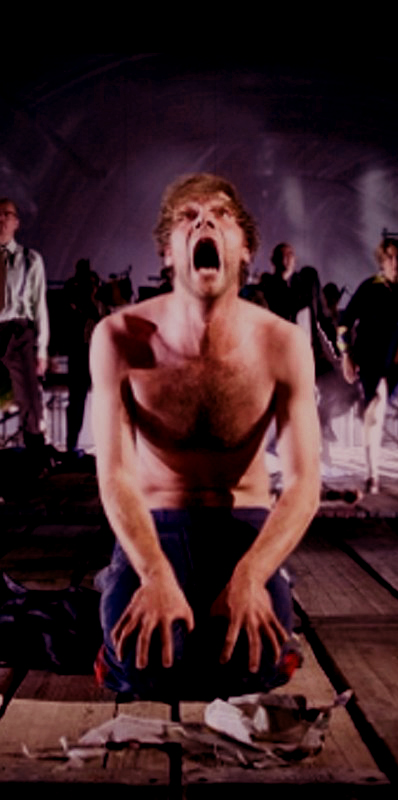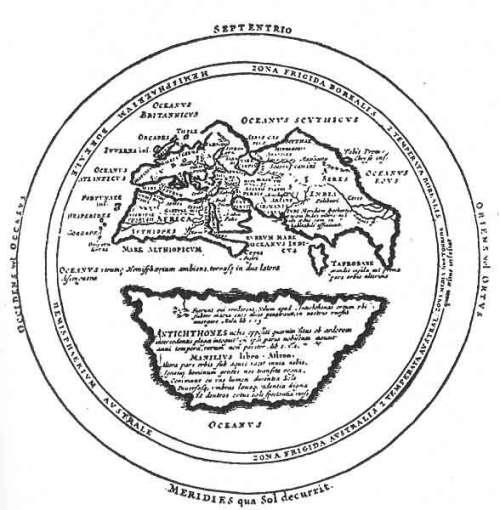
IANNIS XENAKIS
Kuniko Kato
KUNIKO’s much-anticipated third studio recording features the works of Iannis Xenakis, whose work has had a huge impact within the world of music, and in particular on percussion repertoire.

Kuniko Kato
KUNIKO’s much-anticipated third studio recording features the works of Iannis Xenakis, whose work has had a huge impact within the world of music, and in particular on percussion repertoire.

Oresteia Opera
Scored for soloists, mixed chorus, children’s chorus and chamber ensemble, Iannis Xenakis’ music for Oresteia has been cited as “ruggedly dissonant” since its 1987 première in Sicily. A wooden-planked stage is empty save three platforms, one each for the chamber players and percussion, another for a drummer on a separate perch. On a high screen to start, a loop video shows an almost-naked woman stretched out face down in a bathtub who is being hosed down uninterruptedly with water. No forewarning, and the clip changes to a thick forest, a small girl being physically abused by an adult man. While the same video images reappear at the end of the opera, but it’s nebulous soft-edged shapes –mood landscapes as it were – that are the usual backdrop for the 90-minute piece.

Metastasis (Spectral View)
Xenakis wished to reconcile the linear perception of music with a relativistic view of time. In warfare, as Xenakis knew it through his musical ear, no individual bullet being fired could be distinguished among the cacophony, but taken as a whole the sound of “gunfire” was clearly identifiable.

Янис Ксенакис
ヤニス·クセナキス
ANTIKHTHON
In 1971, Iannis Xenakis composed a work called Antikhthon. Commissioned by Balanchine for the New York City Ballet, this overwhelming composition refers to a hypothetical planet, proposed in the 5th century BC. by the Pythagorean philosopher Philolaus. “Antichthon” is the name that the Greeks gave to a hypothetical celestial object, the Counter-Earth, located between the Earth and the center of the Universe to prevent man from looking directly at Zeus, who had his throne there.

ЯНИС КСЕНАКИС
ヤニス·クセナキス
Stratégie
per due Orchestre e due Direttori
Iannis Xenakis est né en 1922 (ou 1921), à Braïla (Roumanie), au sein d’une famille grecque. Il passe sa jeunesse à Athènes, où il achève des études d’ingénieur civil et s’engage d’abord contre l’occupation allemande, puis contre l’occupation britannique (guerre civile). En 1947, après une terrible blessure et une période de clandestinité, il fuit la Grèce et s’installe en France, où il travaille pendant douze ans avec Le Corbusier, en tant qu’ingénieur, puis en tant qu’architecte (Couvent de la Tourette, Pavillon Philips de l’Expo universelle de Bruxelles de 1958 – où fut donné le Poème électronique de Varèse – célèbre pour ses paraboloïdes hyperboliques). En musique, il suit l’enseignement d’Olivier Messiaen et, dans un premier temps, emprunte une voie bartókienne qui tente de combiner le ressourcement dans la musique populaire avec les conquêtes de l’avant-garde (les Anastenaria, 1953). Puis, il décide de rompre avec cette voie et d’emprunter le chemin de l’« abstraction » qui combine deux éléments : d’une part, des références à la physique et aux mathématiques ; d’autre part, un art de la plastique sonore.

Terretektorh
Terretektorh shows more concern for harmonic organization than the earlier, iconoclastic Pithoprakta, with its scatterings of knocking sounds and massed effects. Still, the concentration is decidedly on texture and movement, with narrow lines being bundled with a number of others in the same register to create a rawer sonic intensity that still has some basis in melody. Xenakis concentrates on the high and low registers, as did Varèse before him, and adds some unusual sound effects into the mix as well.
In Terretektorh and Persephassa, Xenakis creates the impression of movement by transferring musical material between groups of musicians using techniques developed from musique concrète. These works are further innovative because of the unique seating arrangements in which the space for the performers and audience are superimposed.
In this thesis, demonstrating Xenakis’s early approach to spatial composition. The thesis builds on the work of other scholars and provides more insight as to how these fascinating pieces work.

PITHOPRAKTA
During the 1950s and early 1960s‚ Iannis Xenakis represented an alternative avantgarde‚ with a radical approach to form and texture that rejected the serial mechanics of Boulez and Stockhausen‚ and involved a uniquely intense interpretation of ideas about probability and randomness. A world away from John Cage’s laidback experiments[…] The two short orchestral works‚ Metastasis and Pithoprakta‚ are undoubtedly far more austere‚ more primitive in their overall effect‚ than the exuberant‚ hyperactive Eonta‚ whose ferociously demanding writing for piano and five brass players pulsates with the kind of creative energy that the orchestral pieces seek to suppress.

PERSEPOLIS
Fabrizio Rosso
BASHIBA

EONTA
“Eonta (beings) is so entitled as a homage to the ancient Greek philosopher and poet Parmenides. The original printed form of the title word is Cypriot orthography of Creto-mycaenean origin, lost for over 24 centuries and only recently deciphered. Eonta, written in Berlin during 1963-64, was first performed at the Domaine Musical concerts in Paris, conducted by Pierre Boulez, in December 1964. It makes use of stochastic music (based on the theory of probabilities) and symbolic music (based on logistics). Some of the instrumental parts, notably the piano solo at the opening, were calculated on an IBM 7090 computer at the Place Vendôme, Paris.”
(Iannis Xenakis)

n-Polytope: Behaviors in Light and Sound after Iannis Xenakis
N_Polytope: Behaviors in Light and Sound After Iannis Xenakis is a spectacular light and sound performance-installation combining cutting edge lighting, lasers, sound, sensing and machine learning software inspired by composer Iannis Xenakis’s radical 1960s- 1970s works named Polytopes (from the Greek ‘poly’, many and ‘topos’, space). As large scale, immersive architectural environments that made the indeterminate and chaotic patterns and behaviour of natural phenomena experiential through the temporal dynamics of light and the spatial dynamics of sound, the Polytopes still to this day are relatively unknown but were far ahead of their time. N_Polytope is based on the attempt to both re-imagine Xenakis’ work with probabilistic/stochastic systems with new techniques as well as to explore how these techniques can exemplify our own historical moment of extreme instability.